In today’s fast-paced, stress-laden world, holistic wellness therapies like DIY salt rooms have become increasingly popular. One such practice, halotherapy—commonly referred to as salt therapy—has emerged as a powerful natural remedy for improving respiratory health, skin conditions, and mental well-being. While salt rooms were once reserved for high-end spas or wellness centers, the rise of DIY solutions has made it possible to create a DIY salt room in the comfort of your home.
Imagine a space where the air feels crisp, soothing salt crystals line the walls, and every breath you take feels deeply cleansing. The allure of salt rooms is undeniable, and the idea of building a DIY salt room provides a cost-effective and customizable way to reap its benefits. In this article, we’ll explore the science behind salt therapy, provide a detailed guide to constructing your own DIY salt room, and share insights into the best types of salt to use. Whether you’re a wellness enthusiast or someone seeking natural solutions to health concerns, this guide will inspire and equip you to bring a salt sanctuary into your own home.
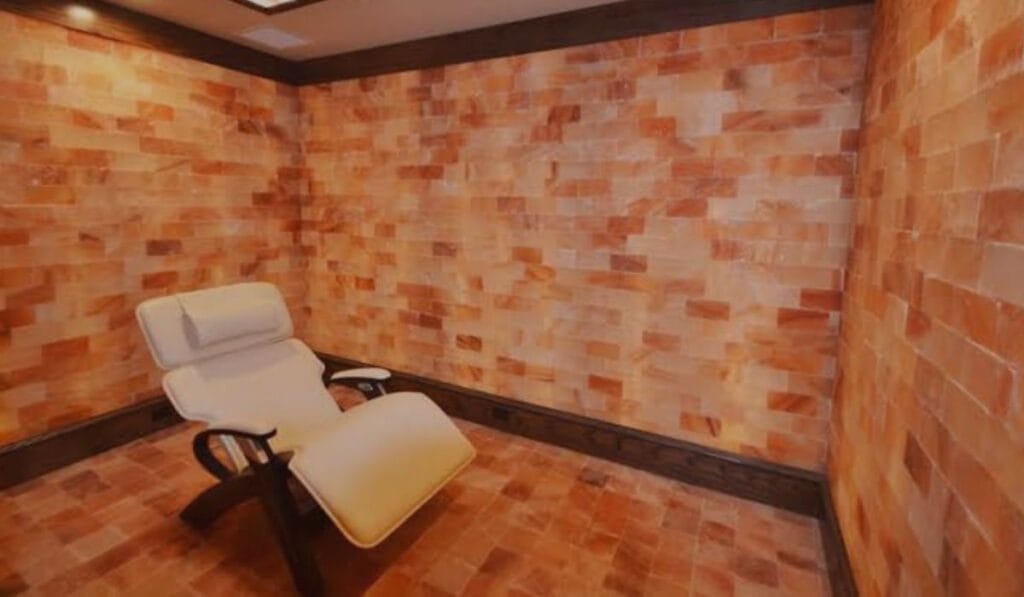
The Science Behind Salt Therapy and DIY Salt Rooms
Halotherapy, derived from the Greek word “halos,” meaning salt, is a practice that dates back to the 1800s. The therapy involves breathing in salt-infused air, which has shown positive effects on respiratory systems, skin health, and overall mental calmness. Salt therapy can be conducted in either dry or wet forms, but salt rooms typically focus on dry halotherapy.
In a DIY salt room, fine salt particles are dispersed into the air, mimicking the microclimate of natural salt caves found in Eastern Europe. These particles are inhaled deep into the respiratory tract, where they act as anti-inflammatory and antibacterial agents. The negatively charged ions in salt may also improve mood, reduce stress, and enhance mental clarity.
While commercial salt rooms often rely on expensive halogenerators to release these particles, a thoughtfully designed DIY salt room can achieve similar effects through proper materials, salt choice, and ventilation systems.
Why Build a DIY Salt Room?
Creating a DIY salt room offers a range of benefits beyond its therapeutic effects:
• Cost Savings: Regular visits to commercial salt rooms can be costly. A DIY alternative provides long-term savings.
• Customization: You can design your DIY salt room to match your home aesthetics and personal needs.
• Convenience: Enjoy the benefits of salt therapy without leaving your house.
• Personalized Experience: Control the environment, from lighting and salt type to temperature and seating.
Building a DIY salt room is not only a wellness investment but also an opportunity to design a space tailored to relaxation and healing.
Types of Salt | What it Looks Like | Buy it Now |
Saltique Grey Course Celtic Salt |  | |
Minera Dead sea Salt |  | |
Epsom Salt Amazon Basics |  | |
MAYI Ancient Natural Spring Course Salt |  | |
Natural Crafts Pink Himalyan Crystals |  |
5 Best Salts to Use for Your DIY Salt Room
Choosing the right salt is crucial for both the aesthetics and functionality of your DIY salt room. Below are the five best types of salt, along with their Amazon product recommendations, pros, and cons.
1. Himalayan Pink Salt
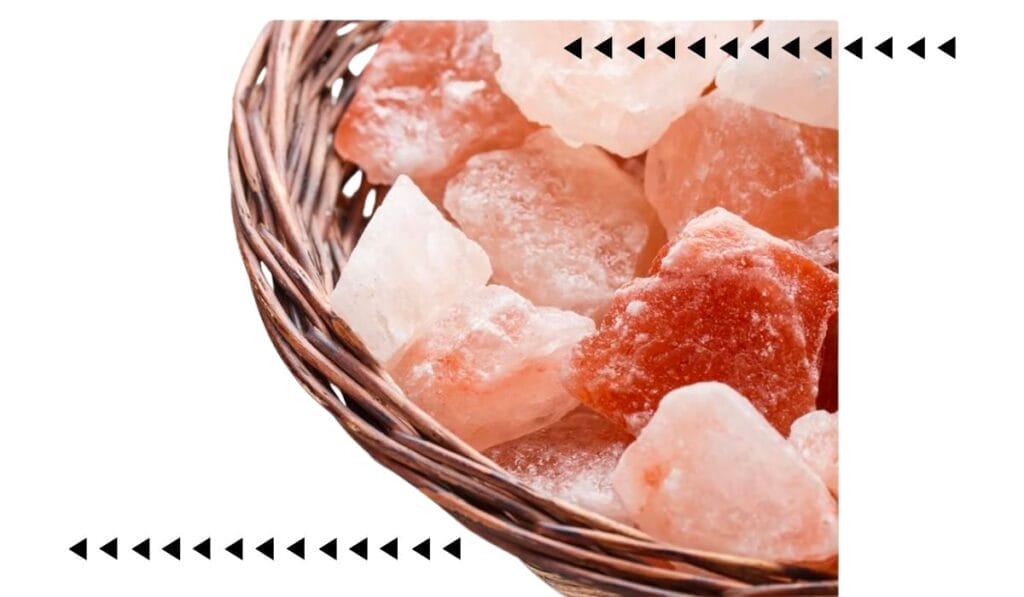
• Description: This natural, unrefined pink salt comes in large, coarse crystals, making it ideal for salt room floors, walls, or salt bowls. It is food-grade, pure, and rich in minerals.
Pros:
• Rich in 84 trace minerals like magnesium and potassium.
• Emits negative ions that purify air and promote relaxation.
• Aesthetically pleasing with a pink hue.
Cons:
• Can be more expensive than regular salts.
• Fine particles may require specialized equipment to disperse.
Best Use: Perfect for walls, salt bricks, or decorative salt lamps in a DIY salt room.
2. Dead Sea Salt

• Description: This pure Dead Sea salt is packed with essential minerals like magnesium, calcium, and potassium, making it great for therapeutic use. It comes in a 5-pound bag for easy application.
Pros:
• High in therapeutic minerals.
• Excellent for improving skin health and reducing inflammation.
• Coarse texture ideal for floors and salt bowls.
Cons:
• Not as visually appealing as Himalayan salt.
• May require regular cleaning if used on floors.
Best Use: Ideal for floors or salt trays in your DIY salt room.
3. Rock Salt (Halite)

• Description: These natural rock salt crystals are coarse, clean, and versatile, making them perfect for creating the salt “beach” effect in a DIY salt room.
Pros:
• Affordable and widely available.
• Coarse texture creates a natural cave-like effect.
• Works well for floors and wall accents.
Cons:
• Limited therapeutic minerals compared to Dead Sea or Himalayan salts.
• Not as effective for air purification.
Best Use: Use for flooring or decorative areas to add texture and authenticity.
4. Epsom Salt
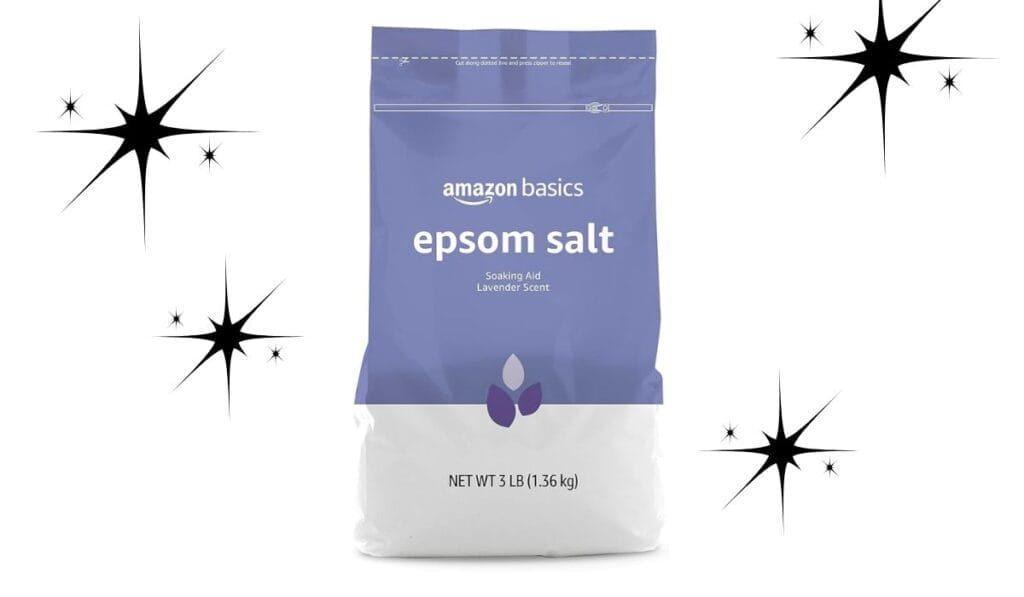
• Description: This high-quality, therapeutic-grade Epsom salt comes in a bulk 19-pound bag, offering excellent value. It’s rich in magnesium sulfate, renowned for its detoxifying and muscle-relaxing properties.
Pros:
• Affordable and widely available.
• Relieves stress, muscle tension, and joint pain.
• Great addition to other salts for therapeutic effects.
Cons:
• Not visually appealing for walls.
• Requires combining with other salts for full benefits.
Best Use: Mix with coarse salts for additional therapeutic benefits.
5. Celtic Sea Salt
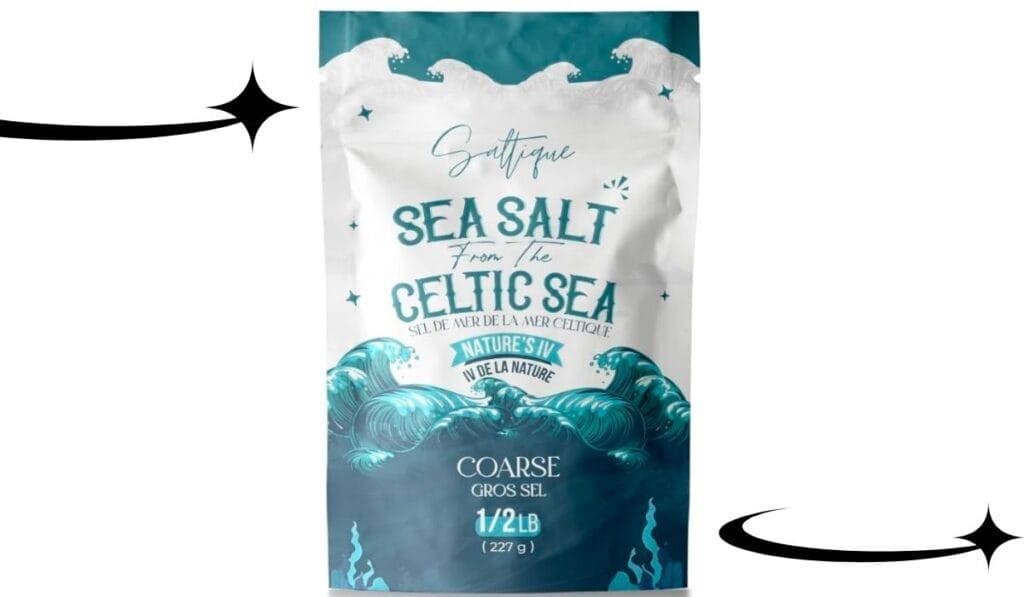
• Description: This unrefined, moist Celtic sea salt retains its natural minerals and gray color, giving it a unique aesthetic and therapeutic edge.
Pros:
• Contains essential minerals beneficial for health.
• Adds moisture to the room, which can help reduce dryness.
• Great for salt bowls and decorative uses.
Cons:
• Not ideal for walls or large areas due to moisture content.
• Requires regular upkeep in humid environments.
Best Use: Ideal for salt trays or bowls to enhance therapeutic and aesthetic appeal.
Buyers Guide: Choosing Salt for Your DIY Salt Room
Selecting the right type of salt for your DIY salt room is one of the most critical steps in ensuring its therapeutic effectiveness and aesthetic appeal. Different salts vary in texture, purity, origin, and cost, so it’s essential to evaluate several key factors before making a purchase. The following guide breaks down what to look for when choosing salt to create a salt therapy sanctuary that aligns with your goals, budget, and space requirements.
1. Purity
The purity of the salt you choose directly impacts the overall quality and health benefits of your DIY salt room. Salts that are natural and unrefined retain their essential minerals, offering greater therapeutic value than processed or chemically treated alternatives.
• Why Purity Matters: Refined salts often contain additives, anti-caking agents, or chemicals that can compromise their therapeutic effects and aesthetic appeal. Impurities or chemicals may also reduce the salt’s ability to ionize the air effectively, limiting its respiratory and mood-enhancing benefits.
• What to Look For: When shopping for salt, look for natural, food-grade, or therapeutic-grade options. Food-grade salts ensure that they are safe for human use, even when inhaled. Therapeutic-grade salts, often marketed as wellness products, guarantee purity and are free from toxins or artificial substances.
Examples of High-Purity Salts:
• Himalayan pink salt, renowned for its rich mineral content and natural formation.
• Dead Sea salt, which contains essential minerals like magnesium and calcium with minimal processing.
Tip: Avoid salts labeled as “table salt” or those with added iodine or anti-clumping agents. These additives are not suitable for a DIY salt room.
2. Particle Size
The particle size of salt plays a major role in how it will be used in your DIY salt room. Different particle sizes serve unique purposes, from dispersing into the air for inhalation to covering floors or walls for aesthetic and tactile effects.
• Fine Salt: Fine-grain salt is ideal for dispersing into the air using a halogenerator or air diffuser. The microscopic salt particles can easily travel deep into the respiratory system, where they act as natural anti-inflammatories and help clear mucus. Fine salt is also a practical choice for mixing with coarser salts to achieve additional therapeutic benefits.
• Coarse Salt: Coarse salt crystals are best suited for floors, walls, or decorative features. Large crystals create a natural cave-like ambiance and provide the soothing crunch of salt underfoot, which mimics the experience of being in a traditional salt cave.
Which Size to Choose:
• If you plan to install a halogenerator or other air-dispersing device, prioritize fine salt for its effectiveness in air purification and respiratory benefits.
• For decorative walls or flooring, coarse salt or salt bricks work best. Larger particles also require less maintenance since they are less prone to dust formation.
Examples of Usage:
• Walls: Himalayan salt bricks or tiles.
• Floors: Coarse Dead Sea salt or rock salt crystals.
• Air Dispersion: Finely ground Himalayan or Celtic sea salt.
Tip: To create a visually appealing and functional DIY salt room, combine fine and coarse salts for a layered therapeutic effect.
3. Source
The source of your salt plays a significant role in determining its quality, sustainability, and mineral composition. Ethically sourced salt ensures that the environment and workers involved in salt production are treated responsibly.
• Sustainably Sourced Salt: Look for products sourced from reputable regions with natural salt deposits, such as the Himalayas, Dead Sea, or coastal regions of France (for Celtic sea salt). Ethical mining practices ensure minimal environmental impact.
• Traceability: Trustworthy suppliers provide detailed information about where the salt originates. Products labeled “authentic” or “100% natural” often indicate higher quality.
Top Regions for Salt Production:
1. Khewra Salt Mine, Pakistan – Known for high-quality Himalayan pink salt.
2. The Dead Sea, Israel/Jordan – Produces mineral-rich Dead Sea salt.
3. Coastal Brittany, France – Home to Celtic sea salt, which retains moisture and minerals.
Tip: Avoid salt products with unclear origins, as they may be heavily processed or adulterated. Read product descriptions carefully when shopping to confirm authenticity.
4. Quantity
The quantity of salt you need depends on the size of your room and how you plan to incorporate the salt into your DIY salt room. Calculating the correct amount ensures you stay within budget while achieving the desired visual and therapeutic effects.
• Floors: A 10×10-foot room typically requires 500 to 800 pounds of coarse salt to create a salt-covered floor. A thicker layer provides a more authentic salt cave experience.
• Walls: Salt bricks or tiles are ideal for walls. A standard 10×10-foot wall may require 80 to 120 salt bricks. If you opt for loose salt, fine or medium-grain salt can be layered to achieve a textured look.
• Air Dispersion: Fine salt particles are used in smaller quantities. A 5-10 pound bag of finely ground salt can last several months when used with an air dispersing device.
Quantity Calculation Tips:
• Use room measurements (length x width) to determine how much salt you need for floors and walls.
• Buy in bulk to save money, especially for larger rooms. Many suppliers offer discounts on bulk purchases.
Tip: Start with a modest amount and gradually build your DIY salt room. Focus on high-impact areas like walls and floors before investing in additional decorative salt.
5. Budget
Cost is an important factor when selecting salt for your DIY salt room. While premium salts like Himalayan pink salt and Dead Sea salt offer superior therapeutic benefits, they tend to be more expensive. Consider your budget carefully and balance quality with affordability.
• Higher-End Options:
• Himalayan salt bricks, lamps, or tiles.
• Dead Sea salt for therapeutic flooring.
• Budget-Friendly Options:
• Rock salt (halite) for floors.
• Epsom salt or coarse sea salt for blending with premium salts.
Cost Comparison:
• Himalayan salt: $0.50 to $2.00 per pound (depending on grade and form).
• Dead Sea salt: $1.00 to $3.00 per pound (therapeutic grade).
• Rock salt: $0.10 to $0.50 per pound.
Tips for Staying on Budget:
1. Purchase salt in bulk to reduce the cost per pound.
2. Mix premium salts with less expensive options to cover larger areas.
3. Focus on high-traffic areas (floors and walls) first, then add decorative salt later.
Final Considerations
Choosing the right salt for your DIY salt room requires thoughtful planning and a clear understanding of your priorities. Focus on purity, particle size, ethical sourcing, and budget to create a space that combines beauty, functionality, and therapeutic value.
By selecting high-quality salt from trusted suppliers, you can ensure that your salt room is not only visually stunning but also delivers powerful health benefits. Whether you opt for Himalayan pink salt, Dead Sea salt, or budget-friendly rock salt, the key is to strike a balance between aesthetics, performance, and cost.
Final Thoughts: Bringing Your DIY Salt Room to Life
Building a DIY salt room is a rewarding project that combines creativity, science, and wellness. With high-quality salt products like Himalayan salt lamps and natural salt crystals available on Amazon, creating a sanctuary for relaxation and healing has never been easier.
By choosing the right products—such as The Spice Lab Himalayan Coarse Salt for walls or Minera Dead Sea Salt for therapeutic floors—you can customize your space to suit your needs. A well-designed DIY salt room isn’t just a luxury; it’s an investment in your health and well-being, offering a serene space to breathe, heal, and rejuvenate.
Types of Salt | What it Looks Like | Buy it Now |
Saltique Grey Course Celtic Salt |  | |
Minera Dead sea Salt |  | |
Epsom Salt Amazon Basics |  | |
MAYI Ancient Natural Spring Course Salt |  | |
Natural Crafts Pink Himalyan Crystals |  |

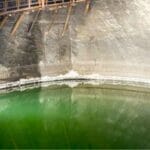




0 Comments